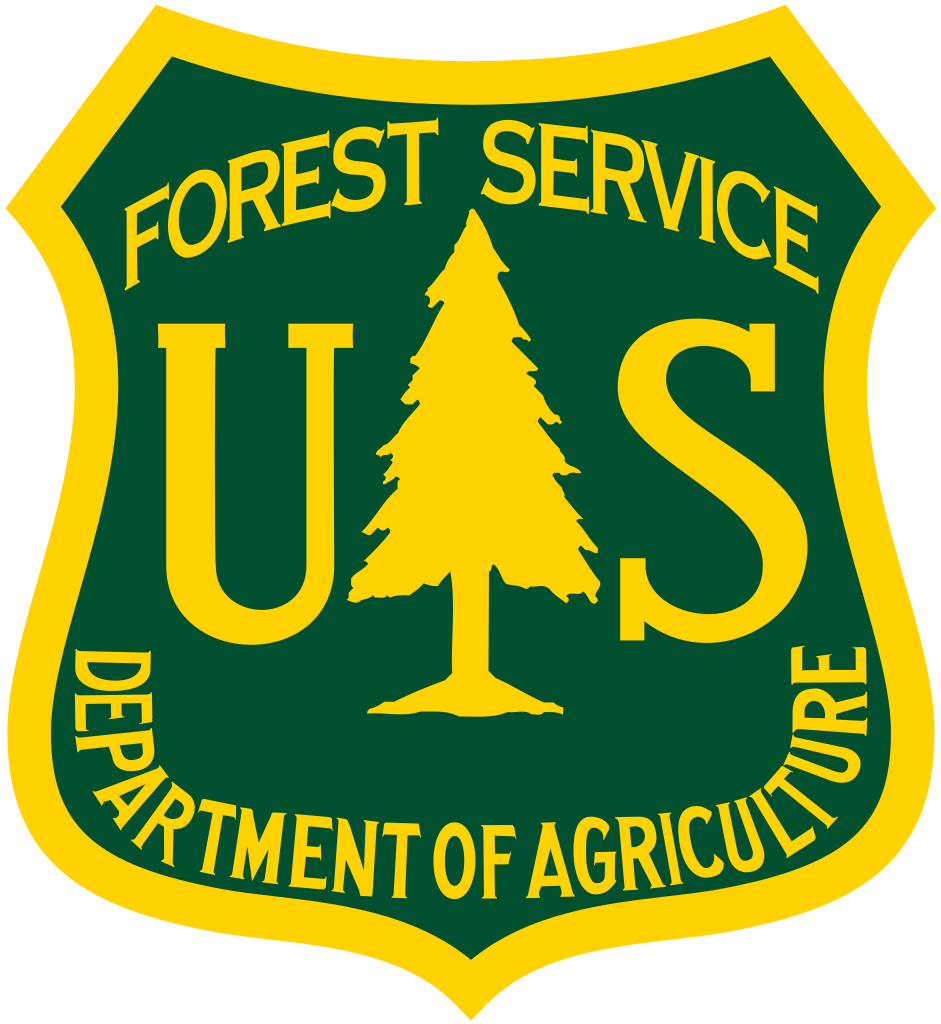Forest Heterogeneity: a key to restoring resilience to wildfire and drought
The Stanislaus-Tuolumne Experimental Forest covers 690 ha in the central Sierra Nevada, near Pinecrest, California. It was selected as typical of mixed conifer stands of the Sierra Nevada, specifically, those of high site-quality on mid-elevation west slopes. The forest consists of two tracts: the 156 ha Stanislaus Tract on the South Fork of the Stanislaus River and the 534 ha Tuolumne Tract on the lower slopes of Dodge Ridge, just south of the North Fork of the Tuolumne River. Elevations range from 1,590 to 1,950 m.
Background
Forests of the western U.S. that experienced frequent fire were
once extremely variable. Large fire resistant trees grew individually
or in groups of different ages and sizes and contained a diversity of species. Trees were
interspersed with gaps of various size filled with shrubs, grasses, herbs
and tree regeneration. The mosaic of frequent burns consumed surface fuel, maintaining low
levels of litter, duff, and downed logs on the forest floor. The tree group
and gap combination provided habitat for a wide range of plant and animals species that
prefer a mix of open and closed forest conditions. A diversity of tree species
and much lower tree density made these forests resilient to fire, drought and other
disturbances.
Fire has been part of these ecosystems for thousands of years. Before the Spanish came to
California, fires were ignited by lightning and by indigenous people who used fire
to promote plants for food and fiber, and to attract game. Indigenous burning declined with
Euro-American settlement and fire became even less frequent with the onset of fire
suppression. Due to absence of fire and past cutting, today’s forests looks nothing like
they once did. Tree density is much higher, gaps are now filled with trees, and trees
have shaded out grass, forbs, and shrubs in the understory. In many areas, over a century of
accumulated needles, twigs, duff, and downed wood cover the forest floor. These
changes have made forests much more susceptible to wildfire and drought-related tree
mortality.
The ‘Variable Density Thinning’ study was initiated in 2009 to test a new approach to
thinning designed to restore a more variable forest structure. A ‘High Variability’ thinning
treatment
produced numerous small gaps and left groups of trees of various densities and sizes,
similar to what historical forests shaped by frequent fire once looked like.
This was compared against a standard thinning where crowns of individual trees were spaced
relatively evenly (‘Low Variability’), and an untreated control. Half of the units
were followed with a prescribed fire and the other half left unburned.
Click this link
for more detailed information about the ‘Variable Density Thinning’ study.

